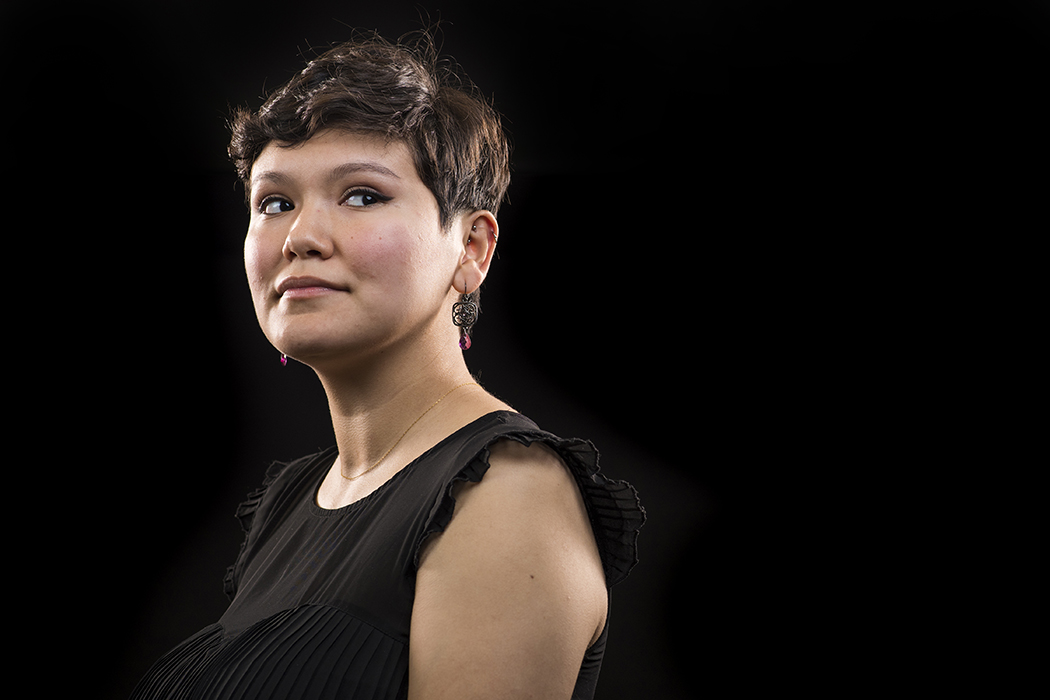Oak Cliff in black-and-white
Teach for America called to E.J. Johnson after he graduated with a marketing degree from Abilene Christian University in 2011.
It was during that year, in Baton Rouge, La., that Johnson, now 28, picked up a camera. He’s self-taught. Johnson says he learned everything he knows from trial-and-error and YouTube.
“As a way of escaping, I would go explore Louisiana,” he says. “I would find myself taking pictures of rivers, swamps, bayous, carnivals.”
Since then, he’s taken freelance assignments from local and national publications, but he’s also turned his lens onto the people of Oak Cliff.
He shoots striking black-and-white photos of people, places and events in our neighborhood.
Johnson’s series, “Oak Cliff Documentary,” had a show at the South Dallas Cultural Center last year, and as the project progresses, he is looking for an opportunity to show his photos again this year.
“I started thinking ‘How can I continue that storytelling here?’ ” he says. “And that eventually led to me documenting Oak Cliff, where my parents grew up.”
Johnson was born in Dallas but was raised in Oklahoma and Minnesota. He spent many childhood summers with family in Oak Cliff.
He now lives in the neighborhood and works as a middle-school history teacher. And he also owns Go Know Media, which comes up with a list, “Millennials to Watch,” for The Dallas Weekly newspaper.
The Oak Cliff project continues to hold his interest because he says he finds the history and culture so fascinating.
“I wanted to show other people what I see about Oak Cliff,” he says. “It’s a place that has a lot of strong family values, a lot of culture.”
Keep up with Johnson’s ongoing work at ejohnsonivphoto.com.
Abuela oral histories
Victoria Ferrell-Ortiz started out interviewing her grandmother as a way to record her family’s history.
“One of the first things she said was that she’s a ‘cementera,’ ” a person from the Trinity Portland Cement company towns, says Ferrell-Ortiz.
A 24-year-old Townview Law Magnet and University of North Texas graduate, Ferrell-Ortiz was born in West Dallas and grew up in Oak Cliff, but she never knew about Cemento Grande, also known as Cement City, until that moment.
She realized she was onto a larger story than just her own family history.
Ferrell-Ortiz, along with some friends and her husband, Mesach Ortiz, wound up researching Cemento Grande’s history with the help of the Dallas Mexican American Historical League. It led them to interview six former Cement City residents.
One was Manuel Ortega, who worked at the plant and told them he started a worker’s union with the late Pedro Orozco, whose granddaughter Elsa Cadena they also interviewed.
Ortega recalled the time that toxic particles rained down on the Mexican part of town and killed all the fish in the pond. In the early days, most workers wore bandanas over their faces, and later they upgraded to dust masks.
The more the crew learned about the history of environmental racism in West Dallas, the more they realized the importance of this story.
They named their documentary “Wela,” a variation of “Abuela,” the Spanish word for “grandmother.”
Ferrell-Ortiz found out that she has family members buried at the Camposanto Cemetery. Along with the Eagle Ford School, the hard-to-reach cemetery is one of two Cemento Grande remnants. The plant closed around 1959, and the towns were demolished.
She plans to finish the documentary and show it in West Dallas Schools.
“So that kids can realize that West Dallas has an important history in the City of Dallas,” says Ferrell-Ortiz, who is working on certification to become a middle-school history teacher. “I want them to have a lot of pride in where they’re from.”
Cement from West Dallas was used to build the Houston Street Viaduct and much of early Dallas’ infrastructure.
Ferrell-Ortiz’s “wela,” 87-year-old Lupe Barrera Chapa, moved to West Dallas from Mexico at age 15 and met her husband in Cemento Grande.
As development takes over West Dallas, Ferrell-Ortiz points out that immigrants are the ones building all this shiny new stuff, again.
“There is so much construction going on now that we complain about, but where would we be without those things?” she says. “I wouldn’t be here without Cemento Grande.”
Keep up with the project by following “Wela Documentary” on Facebook or @weladocumentary on Instagram.
A fictional true story
“Telefóto,” as the movie’s tagline states, is a different kind of ghost story.
The movie was filmed in Oak Cliff. It’s set here, and its cast is composed of Oak Cliff neighbors.
The feature-length film is about a family of artists, played by real-life Oak Cliff artists Opalina and Carlos Salas and their daughter, Paloma, who are being priced out of their neighborhood.
“It’s about working-class artists reckoning with the gentrification of their neighborhood,” filmmaker Richard Bailey says. “The landmarks and the heritage are falling away. When history disappears and you don’t find a future for yourself, then where you are in the present, it’s like a ghost world.”
Bailey’s grandparents lived in Oak Cliff, and he worked at Red Bird Cinemas in the 1980s. He attended a Word Space event in 2015, where he met the Salas family and other artists in Oak Cliff, and he had the idea for this film.
They shot it over three months in the summer of 2016.
The movie cost about $4,000 to shoot, plus another $2,000 for post production. Bailey, who owns a film production company called Tropic Pictures, financed it himself. The cast and crew agreed to “deferred pay,” which means Bailey has agreed to pay them from any of the film’s future earnings. He thinks he owes them about $17,000.
Bailey says he focused on artists because he found inspiration in the artwork created in our neighborhood.
“I tried my best to make the film match the vivid colors I was seeing in Oak Cliff-generated art and match the complexity of the messages as well,” he says. “This whole situation isn’t just about artists having to go live someplace else. A whole aesthetic is falling away.”
The film also features music from Oak Cliff-based Yells at Eels and Sarah Ruth.
“Telefóto” is not a documentary, but it does tell true stories about our neighborhood, Bailey says.
“It’s an interesting hybrid in that sense,” he says. “One could make five distinct feature-length films about Oak Cliff and never get the whole tapestry.”
“Telefóto” premiered at the Dallas Video Fest last year, and Bailey hopes the film will be picked up by a distributor.
Follow Tropic Pictures on Facebook for more details.







